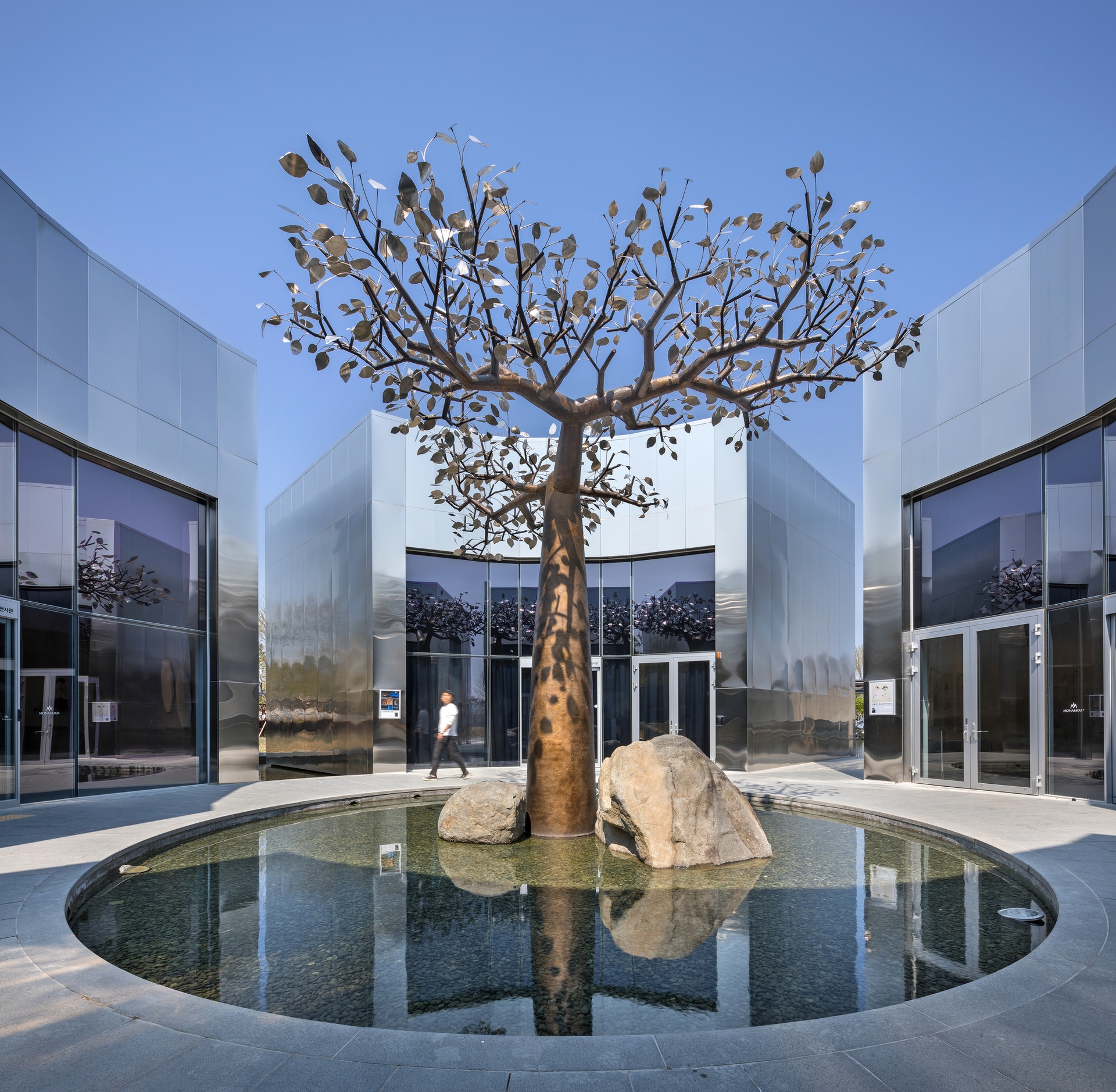When approaching the design of cultural spaces such as museums, performance venues, or places of research and study, architecture and design professionals often have to assemble pieces of a uniquely challenging puzzle in order to make the structure resonate with a variety of visitors and occupants. Hitting the right chord can be difficult, especially when trying to combine forms into a whole that pays respect to a building's intended use while being timeless in its universality.
One way of making sure a sense of culture is omnipresent: adaptive reuse. The practice of breathing life into historic structures has been on the rise in recent years and is particularly well-suited to creating spaces that address and embody contemporary issues while connecting their inhabitants to the past. But it's not just a sense of updated heritage that makes them stand out; adaptive reuse buildings can fight urban sprawl and unsustainable building practices simply by way of existing.
Not only do these projects use fewer materials than conventional construction, they also speed up the building timeline and lower overall costs – making them an attractive option for communities in need of reinvigoration. CARE, a new digital tool that lets designers and architects calculate the precise carbon benefit of building adaptively rather than new, is proof that the method continues its meteoric rise throughout our urban centers.

